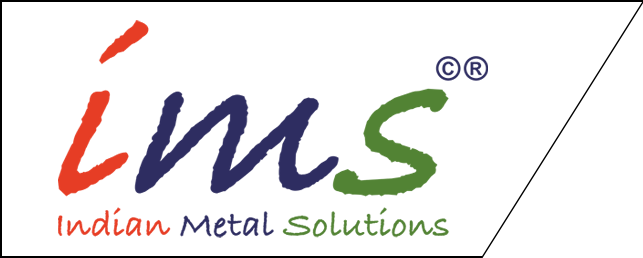Revolutionizing India’s Electric Vehicles: The Lightweight Material Renaissance
In the dynamic world of electric vehicles (EVs), the pursuit of efficiency and sustainability is not just a goal—it’s a necessity. At the heart of this transformation lies the innovative use of lightweight automotive materials, which are redefining vehicle performance. Imagine this: a mere 10% reduction in a vehicle’s curb weight can boost its range by 6–8%. This statistic alone highlights the pivotal role of material innovation, especially in India, where the EV market is on the brink of a significant boom.
The Electrifying Surge of India’s EV Market
India is witnessing an electrifying surge in its electric vehicle market, with a projected compound annual growth rate (CAGR) of over 23% in the coming decade. The government’s ambitious initiatives, such as the Faster Adoption and Manufacturing of Hybrid and Electric Vehicles (FAME-II) scheme and Production Linked Incentive (PLI) programs, are setting the stage for 30% EV penetration by 2030. These initiatives are not just policies; they are catalysts driving the demand for advanced materials that promise to enhance the efficiency and sustainability of EVs.
Material Innovations: The New Frontier
Aluminum alloys for electric vehicles are leading this material revolution. By 2026, the average aluminum content per battery electric vehicle (BEV) is expected to reach 233 kg, marking a 12% increase from current levels. This shift is not just about numbers; it’s about real-world benefits—a 5–10% improvement in range and a 20% reduction in body-in-white CO₂ emissions. Automotive giants like Audi and Jaguar are already harnessing these advantages in their e-tron and I-PACE models. Learn more from Constellium’s insights.
But aluminum is just the beginning. Advanced composites and high-strength steel are making waves too. Carbon and glass fiber sheet molding compounds (SMC) offer a 15–25% weight reduction compared to traditional steel (CompositesWorld), while thermoplastic composites can slash battery enclosure weight by 30% (Innovations in Composite Battery Enclosures). Advanced high-strength steel (AHSS) is also a game-changer, providing a 10–20% mass reduction over mild steel and a 15% lower life-cycle CO₂ footprint (Life Cycle Analysis Comparison).
Insights from the Experts and IMS’s Cutting-Edge Innovations
Industry experts agree: integrating lightweight materials is not just about shedding weight; it’s about boosting safety and performance. At Indian Metal Solutions (IMS), our R&D team is at the forefront, crafting proprietary alloy formulations that undergo rigorous testing to meet the highest standards of quality and performance. Explore our innovative products here.
A Roadmap for OEMs and Tier-1 Suppliers
For OEMs and Tier-1 suppliers, understanding the lifecycle cost benefits of lightweight materials is crucial. Collaborations through Design for Manufacturing and Assembly (DFMA) can optimize material use and reduce costs. Consider the inspiring story of an EV startup that teamed up with IMS to develop an aluminum battery housing prototype, showcasing the transformative potential of these materials in real-world applications. For those seeking the best lightweight automotive materials for Indian electric vehicles, this approach offers a pathway to innovation and efficiency.
Paving the Way for a Sustainable Automotive Future
The adoption of lightweight automotive materials is not just a trend; it’s a revolution for India’s electric vehicle industry. By enhancing range, efficiency, and safety, these materials are paving the way for a sustainable automotive future. To explore how IMS can support your material needs, reach out to our engineering team or download our comprehensive whitepaper.
